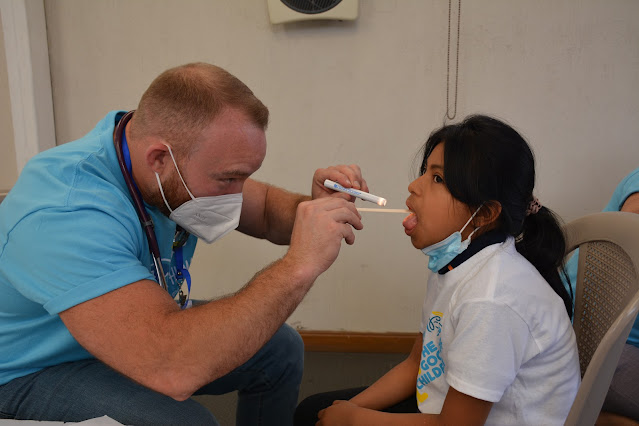Welcome to our blog where we take a closer look at the fascinating world of tonsillitis! Today, we're going to delve into the intriguing topic of tonsillitis grades, but don't worry, we won't leave you feeling overwhelmed with medical jargon. We'll break it down into bite-sized pieces, providing you with a quick and easy understanding of the Grades Of Tonsillitis
Grades Of Tonsillitis
Introduction:
Tonsillitis is inflammation of the tonsils, which are two small glands at the back of the throat. It is a common condition, especially in children and adults. Tonsillitis can be divided into different groups or categories based on various factors such as intensity of symptoms, degree of inflammation of the tonsils, and presence of complications. Knowing the symptoms of tonsillitis is important for proper diagnosis, proper planning, and effective management of the disease. This article describes the symptoms, symptoms, and associated treatments of tonsillitis.
Grade 1 Tonsillitis:
Grade 1 is considered mild and has few symptoms. Symptoms include sore throat, mild difficulty swallowing, and mild bloating. Grade 1 tonsillitis does not significantly affect daily activities, and a person can recover in a short time without medical assistance. Such treatment includes self-care measures such as breathing, hot water, and pain medication.
Grades Of Tonsillitis
Tonsillitis Grade 2:
Tonsillitis Grade 2 is a mild form of inflammation and symptoms. Compared with group 1, there were more symptoms. People with type 2 ulcers have multiple sore throats, painful or difficult swallowing, red and red discharge, and may have swollen lymph nodes. in the throat. Treatment of grade 2 ulcers may include supportive measures such as saline infusions, medication, drinking plenty of fluids, and in some cases, a course of antibiotics.
Grade 3 Tonsillitis:
Grade 3 is classified as severe and can seriously affect daily activities and quality of life. Symptoms of grade 3 tonsillitis are usually worse than previous ones and include sore throat, severe pain when swallowing, severe swelling, and tonsillitis, and white or yellow patches or patches are usually found on the tonsillitis. Grade 3 tonsillitis can cause fever, fatigue, headache, and difficulty speaking and breathing. Treatment of grade 3 ulcers may include a combination of antibiotics, pain medication, adequate rest, and fluids. Sometimes, a trip to the hospital is necessary, especially if something goes wrong.
Complicated tonsillitis:
Any type of cancer can cause complications, but are more common in severe cases. Complications may include peritonsillar cysts (pus in the vicinity of the tonsils), cervical lymphadenitis (infected lymph nodes), or spread of the disease to surrounding tissues. Tonsillitis requires immediate medical attention, which usually includes gastric lavage, mixed antibiotics, and careful monitoring.
Grades Of Tonsillitis
conculision
Tonsillitis Study provides a useful framework for assessing disease severity, guiding treatment options, and predicting potential complications. While mild cases (Grade 1) can resolve with self-care, mild (Grade 2) and severe (Grade 3) tonsillitis may require medical help, including antibiotics, pain relief, and supportive care. It is important to understand that the correct diagnosis and the correct treatment must be determined by a medical professional on a case-by-case basis for each patient. If symptoms of tonsillitis persist, it is important to see a doctor for proper diagnosis and treatment.



0 Comments